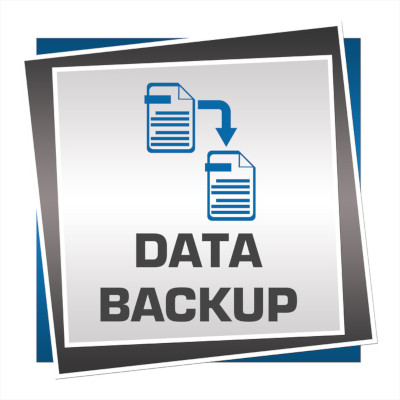“By failing to prepare, you are preparing to fail.” -Benjamin Franklin
This saying is particularly apt where disaster recovery is concerned. If you don’t have a bulletproof disaster recovery strategy in place, you’re in line for a failure of the worst kind.
Make sure that your backup and disaster recovery plans are effective by testing them thoroughly.
What Kind of Disasters Do You Need to Prepare For?
You should be prepared for as many scenarios as possible:
- • User Errors – Some user errors may be minor inconveniences, but some mistakes can create serious trouble. Accidental deletions, shadow IT, and othercommon scenarios can all create a disaster if you aren’t prepared. The worst, of course, is what can happen if user error allows for a security breach.
- • Key Staff Unavailability – What do you do when someone with exclusive access to key data becomes suddenly unavailable, due to an accident, personal emergency, or other situation?
- • Equipment Failures – From the technical infrastructure that runs your office to the basic functions like lighting and HVAC, there are many ways that equipment failure could incapacitate your business.
- • Malware – Malware is constantly evolving, so IT can never let down its guard. Malware attacks can cause anything from a data breach to drastic computer malfunction.
- • Natural Disasters – Natural disasters can happen anywhere on the planet, whether it’s a hurricane, earthquake, flood, or fire. You need to identify your biggest risk, based on your location, and prioritize your preparations.
- • Other – Whatever creates your Cyber-Armaggedon, all disasters have several solutions in common; prepare your personnel, backup and store your data in at least 3 locations, with one off-site, and be sure your preparations are going to work.
How to Be Sure You’re Properly Prepared: Testing
Create a list of preparations and evaluations for your emergency drill routine. You need a routine that you follow to be sure that your disaster recovery strategy is sufficient.
Malware isn’t the only threat that develops over time. Take user errors, for example. New employees need to be brought up to speed, and the best way to find out what they know is to evaluate them. There are even comprehensive tests all your employees should go through periodically.
Testing should be designed to evaluate both the technical side of your disaster recovery plan and your team’s ability to carry it out. Update the plan to resolve any issues that become apparent.
Tests You Should Run
Evaluation processes that your employees should go through regularly include the following:
- • Walkthrough Test: This is just a basic review of the plan. Everyone involved should read it though to be aware of any possible recent changes.
- • Tabletop Test: Someone from each department is given a hypothetical disaster scenario. Each team member should explain what they would do. This helps to iron out problems in your existing strategy.
- • Parallel Test: These tests evaluate how well the restoration process works. A virtual computer system “restores” your system without taking your office offline.
- • Full Interruption Testing: This test simulates an actual technical failure. It is one of the most in-depth, but also the riskiest, as it can actually result in temporary system failure. Some industries have regulations barring full interruption testing, so check with your IT resource before trying it.
Disaster recovery is a critically important process. Need help making yours is prepared properly? Quikteks can help. Give us a call at (973) 882-4644 today.

